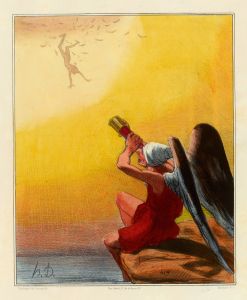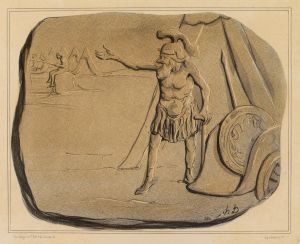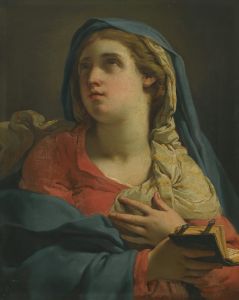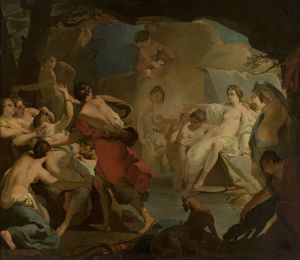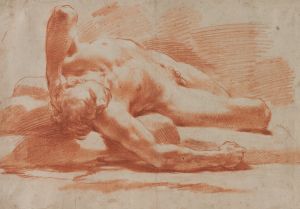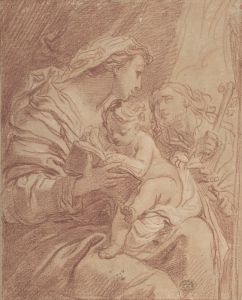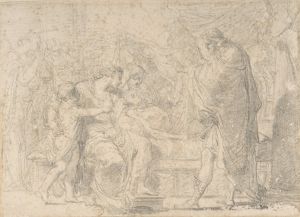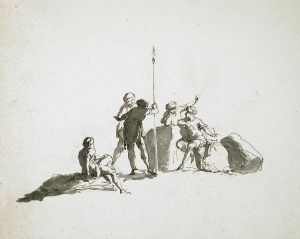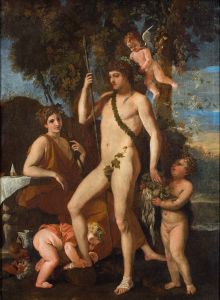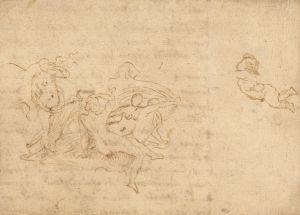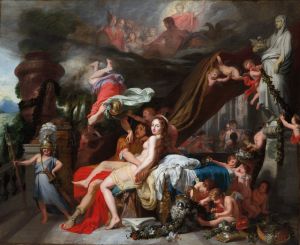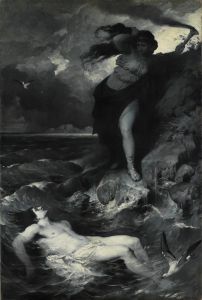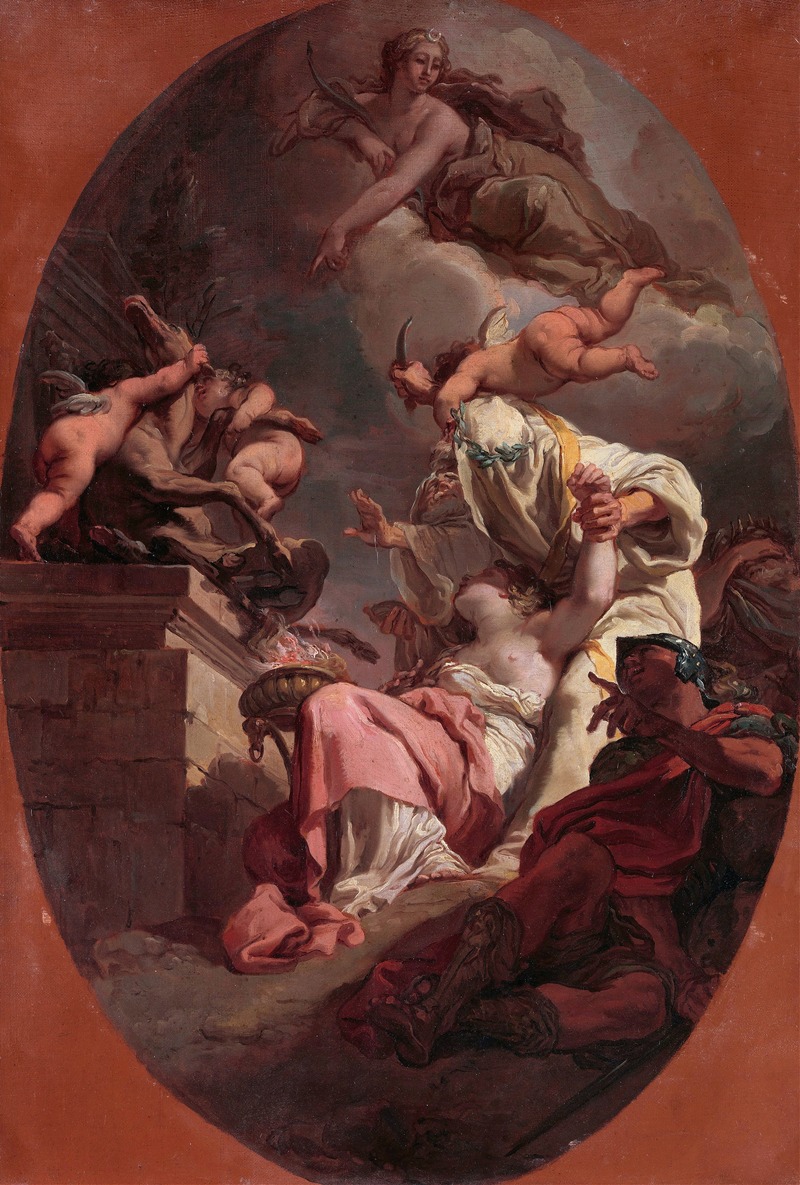
The Sacrifice of Iphigenia
A hand-painted replica of Gaetano Gandolfi’s masterpiece The Sacrifice of Iphigenia, meticulously crafted by professional artists to capture the true essence of the original. Each piece is created with museum-quality canvas and rare mineral pigments, carefully painted by experienced artists with delicate brushstrokes and rich, layered colors to perfectly recreate the texture of the original artwork. Unlike machine-printed reproductions, this hand-painted version brings the painting to life, infused with the artist’s emotions and skill in every stroke. Whether for personal collection or home decoration, it instantly elevates the artistic atmosphere of any space.
Gaetano Gandolfi's "The Sacrifice of Iphigenia" is a notable work by the Italian painter, who was an influential figure in the late Baroque and early Neoclassical periods. Born in 1734 in San Matteo della Decima, near Bologna, Gandolfi was part of a prominent family of artists and was known for his dynamic compositions and vibrant use of color. His works often depicted religious and mythological themes, and "The Sacrifice of Iphigenia" is a prime example of his ability to convey dramatic narratives through painting.
The painting illustrates the poignant mythological story of Iphigenia, the daughter of Agamemnon and Clytemnestra, from Greek mythology. According to the myth, Agamemnon, the leader of the Greek forces in the Trojan War, was commanded by the goddess Artemis to sacrifice his daughter Iphigenia to ensure favorable winds for the Greek fleet to sail to Troy. This narrative has been a popular subject in art and literature, symbolizing themes of duty, sacrifice, and the tragic consequences of human actions.
Gandolfi's interpretation of this myth is characterized by its emotional intensity and dramatic composition. The painting captures the moment of impending sacrifice, with Iphigenia depicted in a state of resignation and grace, surrounded by figures that convey a range of emotions from sorrow to determination. Gandolfi's use of light and shadow enhances the dramatic tension of the scene, drawing the viewer's attention to the central figure of Iphigenia and the solemnity of the event.
The composition of "The Sacrifice of Iphigenia" reflects Gandolfi's mastery of the Baroque style, with its dynamic movement and theatricality. The figures are arranged in a way that guides the viewer's eye across the canvas, creating a sense of depth and narrative progression. Gandolfi's skillful use of color adds to the emotional impact of the painting, with rich, warm tones that highlight the tragic beauty of the scene.
Gandolfi's work was highly regarded during his lifetime, and he was a prominent figure in the Bolognese art scene. He trained at the Accademia Clementina in Bologna and was influenced by the works of earlier masters such as Ludovico Carracci and Guercino. Gandolfi's ability to blend the dramatic elements of the Baroque with the emerging Neoclassical style is evident in "The Sacrifice of Iphigenia," showcasing his adaptability and artistic innovation.
Today, Gaetano Gandolfi's paintings, including "The Sacrifice of Iphigenia," are appreciated for their technical skill and emotional depth. His works are held in various collections and museums, reflecting his enduring legacy in the history of art. Gandolfi's contribution to the depiction of mythological and religious themes continues to be studied and admired, highlighting his role as a significant figure in the transition between artistic periods in 18th-century Italy.






